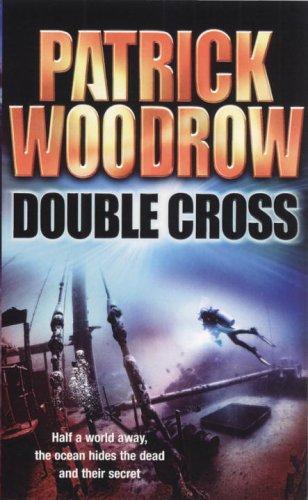This week I have read chapter one of the book we are reading in class, alongside many other articles, newspapers, etc.
A fair-haired boy lowers himself down some rocks toward a lagoon on a beach. At the lagoon, he encounters another boy, who is chubby, intellectual, and wears thick glasses. The fair-haired boy introduces himself as Ralph and the chubby one introduces himself as Piggy. Through their conversation, we learn that in the midst of a war, a transport plane carrying a group of English boys was shot down over the ocean. It crashed in thick jungle on a deserted island. Scattered by the wreck, the surviving boys lost each other and cannot find the pilot. Ralph and Piggy look around the beach, wondering what has become of the other boys from the plane. They discover a large pink and cream-colored conch shell, which Piggy realizes could be used as a kind of makeshift trumpet. He convinces Ralph to blow through the shell to find the other boys. Summoned by the blast of sound from the shell, boys start to straggle onto the beach. The oldest among them are around twelve; the youngest are around six. Among the group is a boys’ choir, dressed in black gowns and led by an older boy named Jack. They march to the beach in two parallel lines, and Jack snaps at them to stand at attention. The boys taunt Piggy and mock his appearance and nickname.
In this first chapter, Golding establishes the parameters within which this civilization functions. To begin with, it is populated solely with boys—the group of young English schoolboys shot down over the tropical island where the novel takes place. The fact that the characters are only boys is significant: the young boys are only half formed, perched between civilization and savagery and thus embodying the novel’s central conflict. Throughout the novel, Golding’s foundation is the idea that moral and societal constraints are learned rather than innate—that the human tendency to obey rules, behave peacefully, and follow orders is imposed by a system that is not in itself a fundamental part of human nature. Young boys are a fitting illustration of this premise, for they live in a constant state of tension with regard to the rules and regulations they are expected to follow. Left to their own devices, they often behave with instinctive cruelty and violence. In this regard, the civilization established in Lord of the Flies—a product of preadolescent boys’ social instincts—seems endangered from the beginning.
I enjoyed reading this first chapter, and thought the language usage, and the way the beginning of the story (which is a classic) is put together, was pretty intriguing and definitely interesting for the reader. I would definitely reccommend this book by only reading the beginning of it to anyone in between high-level readers of 8th grade to the 11th grade students, if not for older people.
A fair-haired boy lowers himself down some rocks toward a lagoon on a beach. At the lagoon, he encounters another boy, who is chubby, intellectual, and wears thick glasses. The fair-haired boy introduces himself as Ralph and the chubby one introduces himself as Piggy. Through their conversation, we learn that in the midst of a war, a transport plane carrying a group of English boys was shot down over the ocean. It crashed in thick jungle on a deserted island. Scattered by the wreck, the surviving boys lost each other and cannot find the pilot. Ralph and Piggy look around the beach, wondering what has become of the other boys from the plane. They discover a large pink and cream-colored conch shell, which Piggy realizes could be used as a kind of makeshift trumpet. He convinces Ralph to blow through the shell to find the other boys. Summoned by the blast of sound from the shell, boys start to straggle onto the beach. The oldest among them are around twelve; the youngest are around six. Among the group is a boys’ choir, dressed in black gowns and led by an older boy named Jack. They march to the beach in two parallel lines, and Jack snaps at them to stand at attention. The boys taunt Piggy and mock his appearance and nickname.
In this first chapter, Golding establishes the parameters within which this civilization functions. To begin with, it is populated solely with boys—the group of young English schoolboys shot down over the tropical island where the novel takes place. The fact that the characters are only boys is significant: the young boys are only half formed, perched between civilization and savagery and thus embodying the novel’s central conflict. Throughout the novel, Golding’s foundation is the idea that moral and societal constraints are learned rather than innate—that the human tendency to obey rules, behave peacefully, and follow orders is imposed by a system that is not in itself a fundamental part of human nature. Young boys are a fitting illustration of this premise, for they live in a constant state of tension with regard to the rules and regulations they are expected to follow. Left to their own devices, they often behave with instinctive cruelty and violence. In this regard, the civilization established in Lord of the Flies—a product of preadolescent boys’ social instincts—seems endangered from the beginning.
I enjoyed reading this first chapter, and thought the language usage, and the way the beginning of the story (which is a classic) is put together, was pretty intriguing and definitely interesting for the reader. I would definitely reccommend this book by only reading the beginning of it to anyone in between high-level readers of 8th grade to the 11th grade students, if not for older people.

